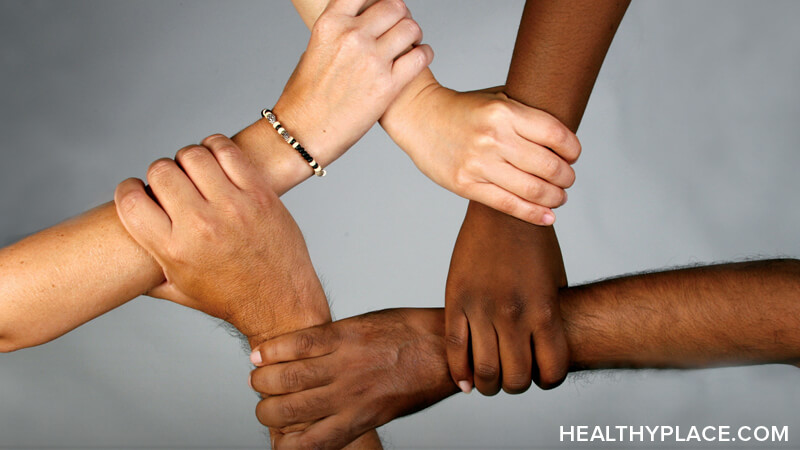The Art of Vulnerability in Eating Disorder Recovery

Being vulnerable does not come naturally to me (in fact, it downright scares me), but I am learning to confront this fear and explore the art of vulnerability in eating disorder recovery. As I grow in self-awareness, I have realized that I know how to be authentic, courageous, honest, and outspoken—but my most tender, vulnerable parts remain securely under wraps. There is an art to vulnerability.
While I believe it's incumbent on all of us to protect our hearts when necessary, I am tired of living with a self-imposed fortress built around my heart. Sure, there is an element of risk in dismantling these walls. I could re-expose myself to the rejection I fought so hard to overcome. Hesitations aside, though, I want to embrace the art of vulnerability in eating disorder recovery.
My Experience with the Art of Vulnerability in Eating Disorder Recovery
As a child, the raw emotions I observed came in the form of daily confrontations between my mom and sister. Their volatile arguments would last for hours until they both shut down out of pure exhaustion. At an early age, I assumed that all emotions were as disruptive as the ones I retreated from at home. I had labels for such emotions: loud, messy, weak, and erratic—not worth the trouble of expressing. I learned to process internally, to avoid those clumsy outbursts, and to be quasi-truthful with others while still holding them back at a safe distance.
The older I became, the more circumstances emerged to reinforce my skepticism of the art of emotional vulnerability. It seemed like each time I poured out my heart to someone else, rejection inevitably followed. Of course, teenagers cannot always recognize the complex nuances of relational dynamics, so my own interpretation might have been skewed. But nevertheless, I used those experiences as confirmation that vulnerability was not for me.
While this defense mechanism successfully buffered me from pain, it also left me feeling numb, cynical, impenetrable, and cut off from the world. Those were excellent conditions for my eating disorder to thrive in. The more familiar I became with mistrust and isolation, the further I spiraled into harmful behaviors until I finally sought help in my mid-20s. This was one of the scariest, most desperate actions I had ever taken, but it showed me that being vulnerable is not a weakness—it's a strength. I am still unraveling my fears and reframing my assumptions in this area, but I do believe that making room for the art of vulnerability is part of eating disorder recovery.
What I'm Learning About the Art Vulnerability in Eating Disorder Recovery
This video is restricted by Youtube because it discusses eating disorders. Please watch it on youtube.com.
Are you discovering what it means to practice the art of vulnerability in eating disorder recovery? What lessons have come to light for you? Are there any beliefs, assumptions, fears, or narratives that you are still working to release in this area? If you feel comfortable, please share in the comment section—no answer is "too much" for this community we have built together.
APA Reference
Schurrer, M.
(2024, June 28). The Art of Vulnerability in Eating Disorder Recovery, HealthyPlace. Retrieved
on 2025, December 31 from https://www.healthyplace.com/blogs/survivinged/2024/6/the-art-of-vulnerability-in-eating-disorder-recovery